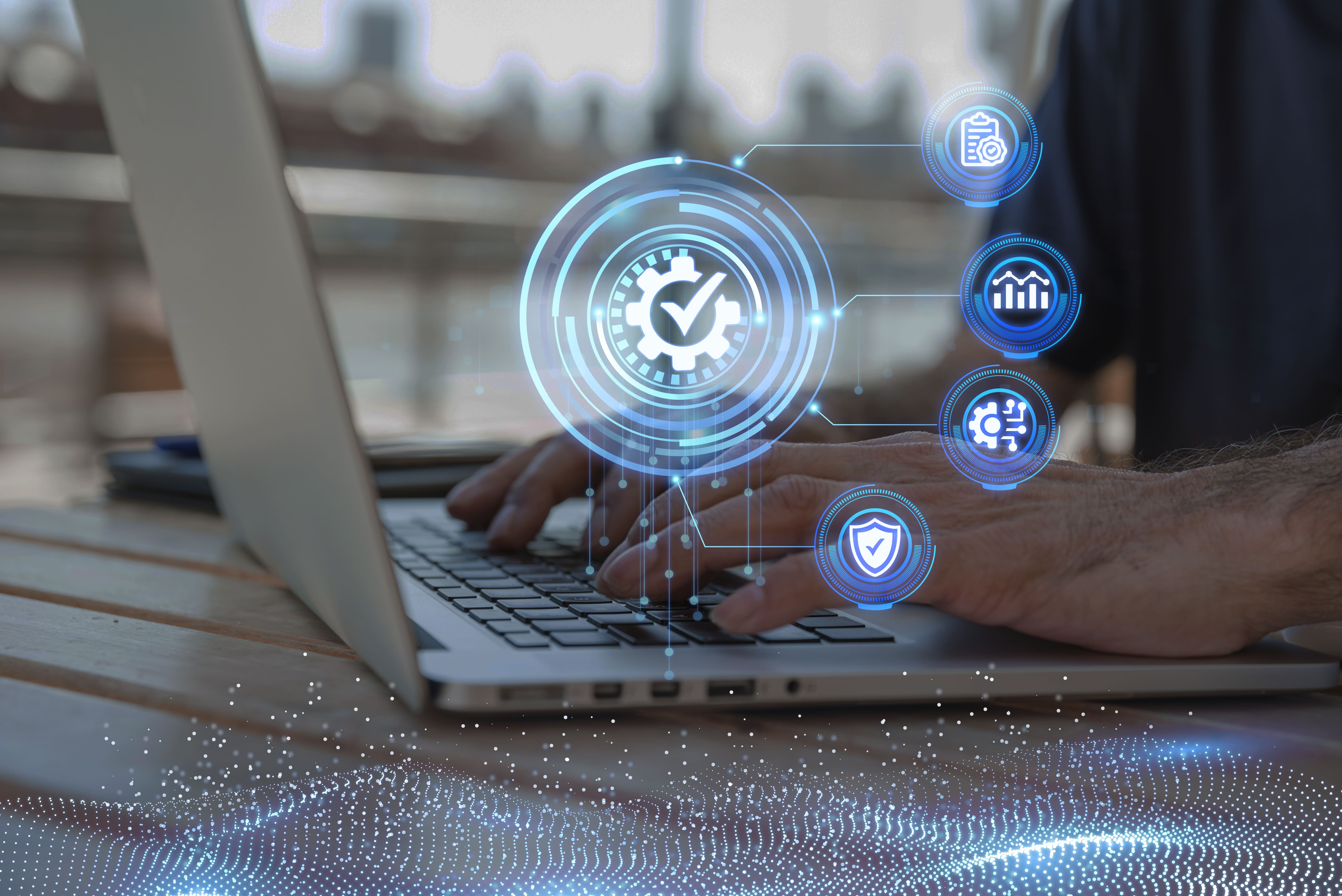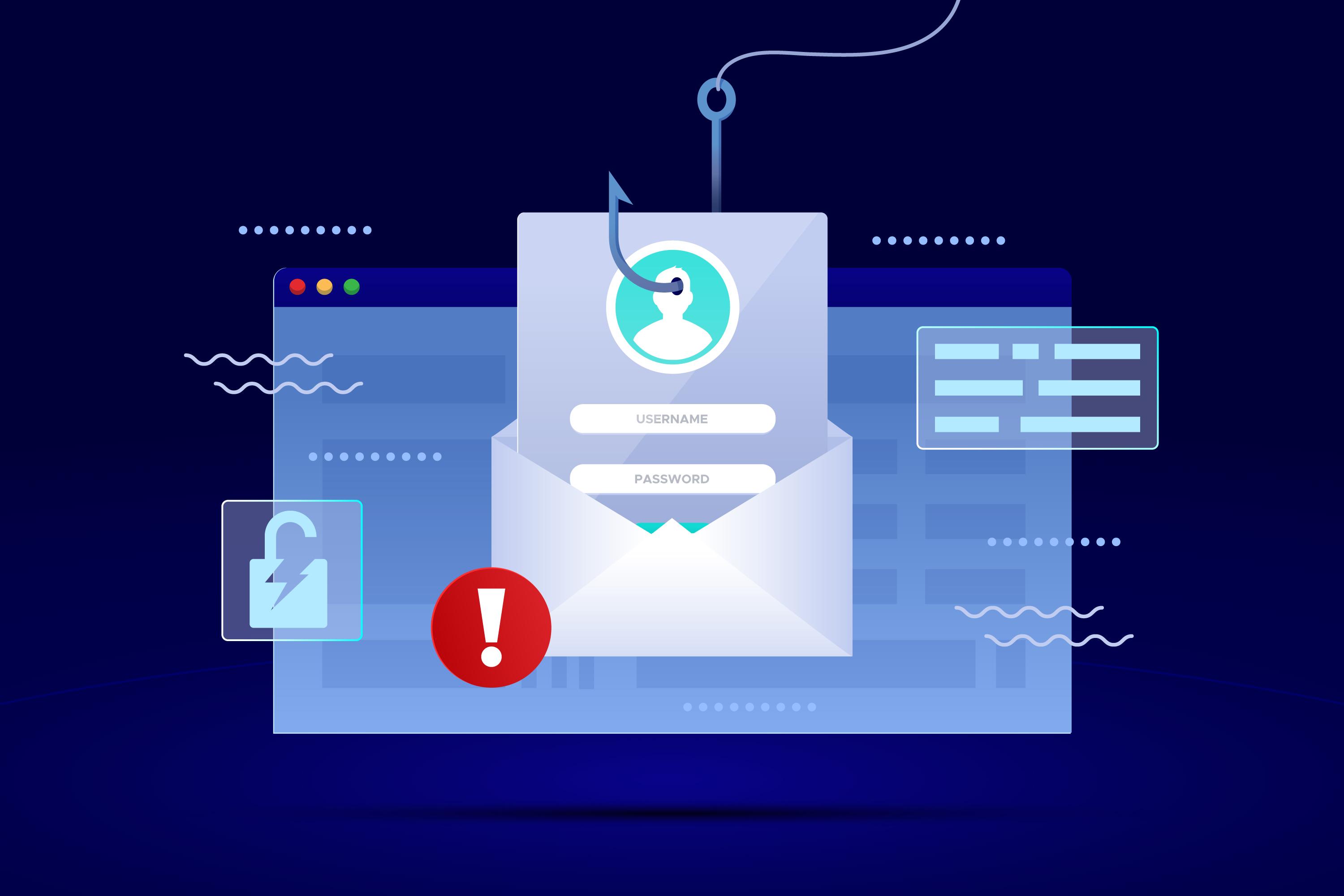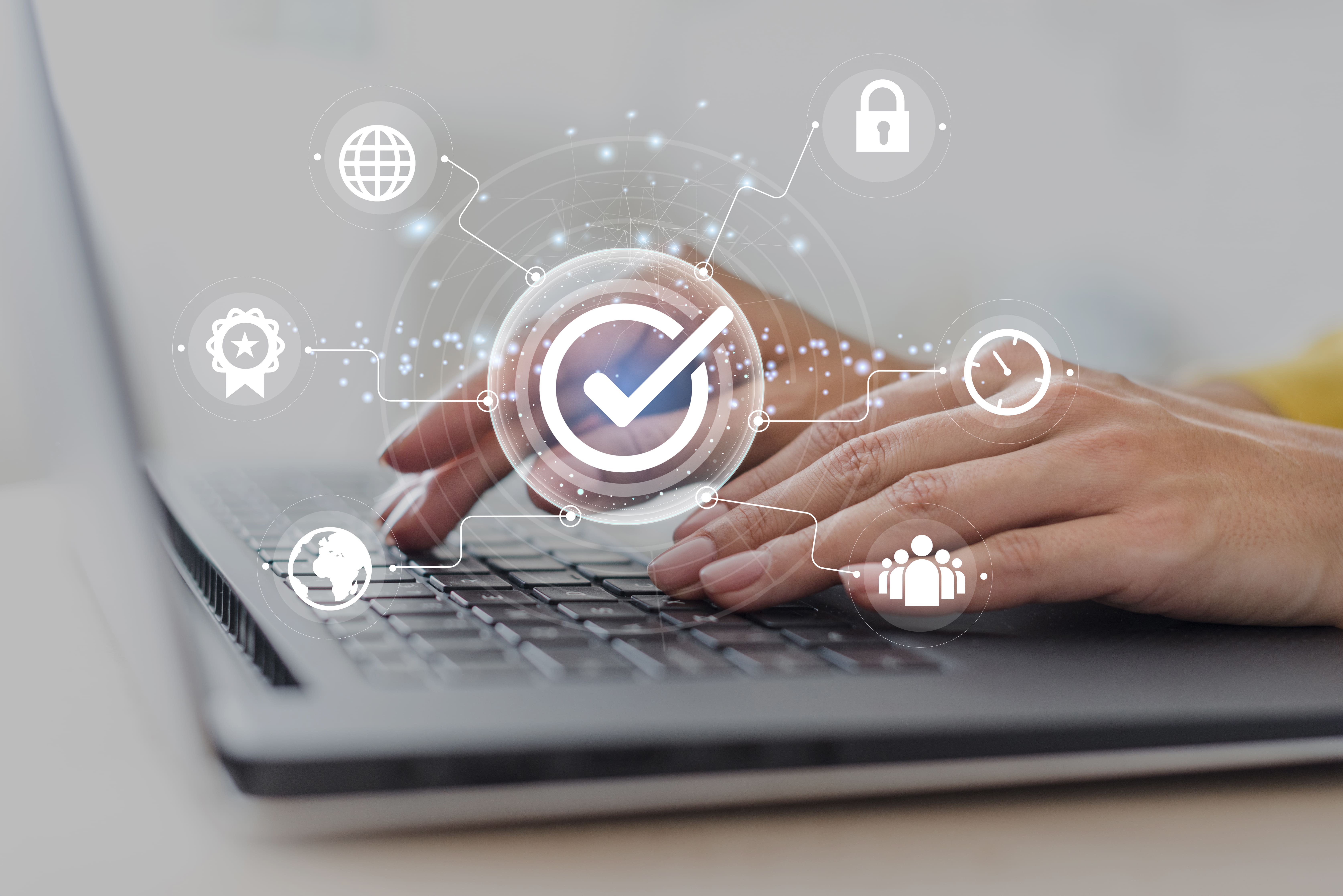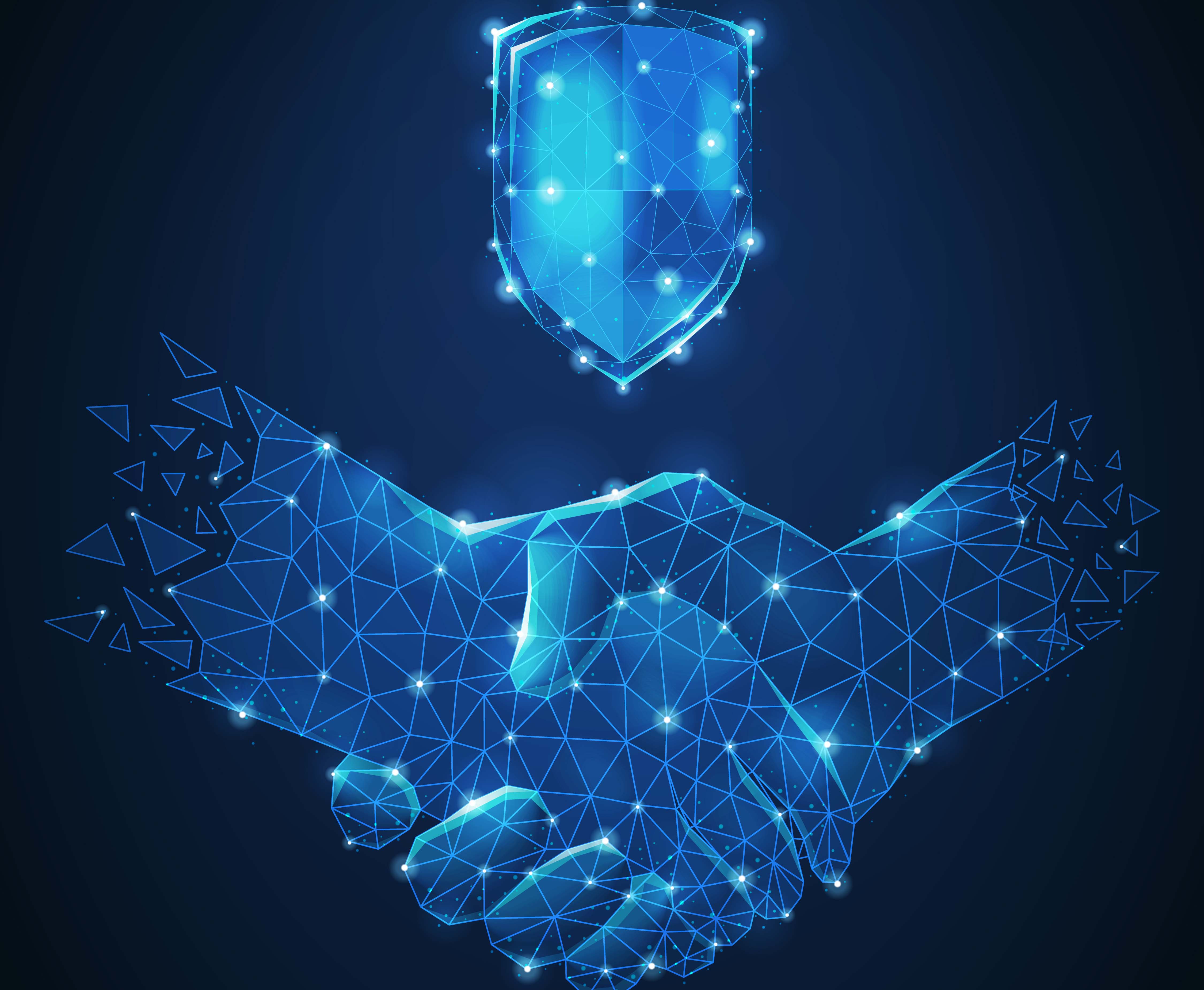
by Rebeca | Jun 14, 2023 | Customer, cybersecurity, Definitions, Release, soffid
Soffid 3.4.7 is the latest version of our convergent platform. It is designed to provide comprehensive protection against cyberattacks. This new release incorporates a convergent perspective, offering a 360º view of your organization’s identities and optimizing the platform’s start-up processes. With improved functionality and user-friendly tools, Soffid 3.4.7 ensures a simplified and efficient experience during the start-up process.
One of the most significant features of the new version is the Configuration Wizard, which is divided into four sections: Identity Governance Administration (IGA), Identity Risk & Compliance (IRC), Privileged Access Management (PAM), and Access Management & Single Sign-On (AM).
To successfully maintain your organization’s IDs, Soffid requires the installation of a Sync Server component in the IGA area. The wizard provides step-by-step instructions for selecting the suitable platform to host the Sync Server. Additionally, you can easily configure the authoritative source of the identities by choosing the desired mode and following the wizard’s instructions. Soffid also offers another wizard that allows you to seamlessly add applications, such as Active Directory or a Database, from an application list.
The IRC section focuses on identity risk and compliance, encompassing processes and controls to ensure the authenticity and authorization of individuals accessing sensitive data or systems. Soffid introduces new wizards in this section to help you create roles for detecting risky role assignments (SoD), schedule weekly risk reports, define recertification campaigns, and establish advanced authorization rules.
For privileged access management, the PAM section enables you to track the usage and access of service and system management accounts. Through the configuration wizard, you can easily discover assets present in your network, publish accounts in the Password Vault, create PAM policies for granular control over privileged access, and establish multi-factor authentication (MFA) policies.
In the AM section, Soffid focuses on access management and single sign-on. This functionality allows you to identify users accessing applications and implement multi-factor authentication. You can register IDs for administration and protection, add and configure new Service Providers, set up strong authentication factors, and create adaptive authentication rules to dynamically adjust the authentication methods based on criteria.
With Soffid 3.4.7, we strive to provide you with a comprehensive solution to safeguard your organization from cyber threats. The enhanced functionality and user-friendly Configuration Wizard ensure a seamless and efficient experience during the start-up process. Take advantage of the new convergent perspective and the 360º view of your organization’s identities offered by Soffid, and fortify your defences against cyberattacks.
For more detailed information about the new features and instructions on how to upgrade, please contact us.
Soffid 3.4.7 was developed to keep your company safe.
Shall we talk?

by Rebeca | May 10, 2023 | cloud, Customer, cybersecurity, News, Release, Resources, trends
Protecting against Phishing: How Companies Can Stay Safe
Phishing is becoming an increasingly common threat. In this post, we explain in more detail what it is and how hackers access companies’ confidential information. We will also look at ways companies can protect themselves against this type of attack, and how Soffid can help companies and organizations stay safe.
What is Phishing?
Phishing is a type of cyber-attack in which hackers try to deceive users into revealing confidential information, such as passwords or credit card numbers. These attacks are often carried out through fraudulent emails that appear legitimate, and that contain links or attachments that download malicious software onto users’ devices.
Which types of companies are affected by phishing and how do hackers access information?
Phishing can affect any company, regardless of its size or sector. Hackers often target companies that store valuable information, such as customer personal data or financial information. If a successful attack occurs, they can access this information and use it for fraud, identity theft, or extortion.
Cybercriminals send fraudulent emails or messages that appear to be from trusted sources, such as banks or social networks, to lead users to fake websites. There, they enter their credentials, giving access to their personal and financial information. They can also send malicious attachments that download malware. Another common way is through phone calls, text messages, or social media, in which they impersonate legitimate institutions and request information.
How can we protect ourselves?
It is essential for companies to protect themselves against these attacks. Monitoring and analysing emails to detect suspicious patterns, filtering emails, and educating employees about the risks of phishing are some of the implementations that must be carried out. Other important measures include installing cybersecurity tools, such as firewalls and antivirus software.
At Soffid, we want to help protect companies’ data with complete security solutions. Discovery our convergent platform.
Shall we talk?
(1) Gov UK

by Rebeca | May 10, 2023 | cloud, cybersecurity, News, Resources, soffid, trends
Cybersecurity threats are constantly evolving, making it difficult to keep up with the latest trends and protect your organisation’s sensitive data.
In today’s post we share the 7 hottest trends in cybersecurity you need to know about.
Cloud Security
As more organizations shift their operations to the cloud, there is an increased need for cloud security. The cloud offers many benefits, but it also presents new security challenges. Organizations need to ensure that they have the proper security measures in place to protect their data in the cloud.
Ransomware Attacks
Ransomware attacks have been on the rise in recent years, and they can be devastating for organizations. Ransomware is a type of malware that encrypts your files and demands a ransom payment in exchange for the decryption key. Organizations need to have a plan in place to prevent, detect, and respond to ransomware attacks.
Artificial Intelligence and Machine Learning
AI and machine learning are being used in cybersecurity to help detect and prevent cyber threats. These technologies can help organizations identify patterns and anomalies in their data that may indicate a cyber-attack.
Internet of Things (IoT) Security
With more and more devices being connected to the internet, IoT security is becoming increasingly important. Organizations need to ensure that their IoT devices are properly secured to prevent cyber-attacks.
Identity and Access Management (IAM)
IAM is becoming increasingly important as organizations adopt a hybrid work environment. IAM solutions can help organizations manage user identities and control access to sensitive data.
Zero Trust Security
Zero trust security is a security model that assumes that all devices, users, and applications are untrusted until proven otherwise. This approach can help organizations better protect their data from cyber threats.
Cybersecurity Workforce Shortage
There is a shortage of cybersecurity professionals, and this trend is expected to continue. Organizations need to invest in training and development to ensure that they have the necessary skills and expertise to protect their data.
These are the 7 hot cybersecurity trends that organizations should consider and be aware of to better protect their data. Companies must take proactive steps to prevent cyber-attacks and minimize the impact of any security incidents.
Shall we talk?

by Rebeca | Mar 2, 2022 | cybersecurity, News, soffid
A digital signature is a mathematical technique used to validate the authenticity and integrity of a message, software or digital document. Everywhere you can see the importance of digital signatures. The digital equivalent of a handwritten signature or stamped seal, but it offers far more inherent security. A digital signature solves the problem of tampering and identity theft in digital communications.
Digital signatures evidence the origin, identity and status of electronic documents, transactions or digital messages. Signers also use it to acknowledge informed consent.
Where lacks the importance of digital signatures?
In many countries, including the United States, digital signatures are considered legally binding. In the same way as traditional handwritten document signatures.
The use of “digital signatures” has exploded during the pandemic. Around the globe, people have changed how they travel, transact, and work. In the manufacturing sector, organizations have gravitated to hybrid work environments. In all these cases, this tool protects digital interactions and digital assets, from documents to software code.
Unfortunately, all of these digital assets remain at risk. Because the signing certificate expires. Fraudsters can make these certificates appear as if they are still valid. But time stamping services prevent forgeries. This process gains confidence in digital signatures.
Are digital signatures secure?
Yes, electronic signatures are safe. People often ask, “Can my digital signature be forged, misused, or copied?”. Furthermore, it is very easy to forge or manipulate wet signatures. Instead, electronic signatures have many layers of security and authentication built in. Therefore, its use is valid in legal proceedings.
The importance of a security-first approach to e-signatures
The level of e-signature security varies by provider, so it’s important to choose an e-signature provider that has robust security and protection weaved into every area of their business. Those security measures should include:
- Physical security: protects the systems and buildings where the systems reside
- Platform security: safeguards the data and processes that are stored in the systems
- Security certifications/processes: help ensure the provider’s employees and partners follow security and privacy best practices
Until now, digital signatures were useful as a tool only for internal company purposes. Consequently, online transactions and other processes use this tool. This tool allows transactions to be safe and smooth for both sellers and customers. Authentication is effective even if it is digital. Therefore, digital signatures are a form of authentication.
Learn all about digital identity.
Advantages of using digital signatures for online transactions
With such a structured way of working, this tool allows offer distinct advantages in securing online transactions.They are equipped with an ever-evolving array of technologies and advanced security systems. What are these advantages? Check out the list below.
- Minimize the risk of payment fraud
- Simplify contract execution
- Share data more securely
The development of the digital economy is currently a new phenomenon in global economic governance. Both in developed and developing countries. That is why the role of digital signatures in the new business economy is growing more and more.
References:
(1) Solution Review
(2) Docusign
(3) Techtarget
Picture:
Foto de Coche creado por gpointstudio – www.freepik.es

by Rebeca | Feb 23, 2022 | cybersecurity, Resources, soffid
Cybersecurity has become much more complicated in recent years and that affects the digital trust of a company. The days when antivirus software and a network firewall were enough to get the job done are behind us. In the past, many IT professionals were very good at defending the perimeter to keep digital assets safe. But in today’s IT environment, such a perimeter does not exist.
Digital Trust in companies and its importance
With the rise of cloud computing, DevOps, the IoT and employees accessing systems with an array of devices from all over the world, the network “perimeter” has become difficult to define. In response, companies are shifting their attention to authentication. In response, companies are shifting their attention to authentication. Companies are moving away from traditional perimeter security methods in favor of strong identity-centric technology. As well as choosing digital certificates instead of public key infrastructure (PKI).
2021 was another memorable year. In fact, many organizations create remote processes in response to the pandemic. That’s why he spent this past year optimizing and hardening his systems. In this way they can guarantee a positive and safe experience for their client.
However, with identity theft, payment fraud, phishing, and other financial crimes at an all-time high, the work of digital security is never done. In an era of ever-present digital threats that can undermine and erode stakeholder trust, organizations should invest to earn “digital trust”. That is, protect their data and information from fraud and bad actors to safeguard their relationships, reputation, and revenue. This task could be more difficult than ever before as technology and the threats to digital trust it enables continue to evolve.
Requirements and details about digital trust and its importance
The stakes are high and any misstep can affect customer loyalty. In addition to negatively changing financial performance, brand value and ultimately undermining an organization’s ability to build and maintain trust. Surveys suggest that 81% of consumers lose trust in a brand after a breach. While 25% stop interacting with it altogether. The pandemic accelerated the move to digital work infrastructures. This drove spending on emerging technology security strategies and solutions.
It is important to note that addressing digital trust must include an end-to-end interdisciplinary approach between people. As well as between processes, governance and regulation, with technology being a key enabler. In this study, we focus on advanced technology enablers that organizations can explore, over and beyond existing cyber measures, to enhance digital trust.
Chief security officers should play a key role in building trust with customers, and that translates to better customer acquisition, greater customer loyalty, and more revenue.
Digital trust is the measure of consumer, partner and employee confidence in an organization’s ability to protect and secure data and the privacy of individuals. As data breaches become bigger and more common, digital trust can be a valuable commodity for companies that earn it, and it is starting to change the way management looks at security.
How to build trust with customers
Building trust is no simple task. As well as doing the normal security tasks of implementing the right technologies and processes to ensure good security posture, organizations need to communicate.
To help build trust, he says organizations need to be upfront and transparent with their customers. They should clearly explain what they are doing with data and why, be clear what data is being collected and what it will be used for, and explain what security steps and processes are in place to ensure it remains secure.
Final words about digital trust
For example, using multifactor authentication (MFA) is good security practice, but communicating why a customer is being asked to provide extra authentication during a transaction or process helps build that trust. “It’s important that a company demonstrates to their customers why they’re putting extra layers of security; say ‘we’re doing this because’ as opposed to ‘we’re doing this’.”
References:
(1) Deloitte
(2) security Solution
(3) Solution Review
Picture:
Foto de Negocios creado por rawpixel.com – www.freepik.es






